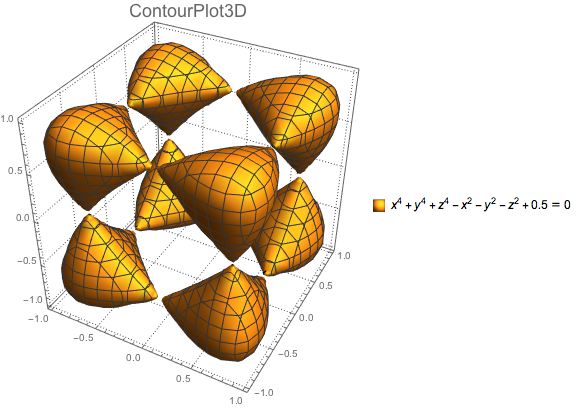

The complete source code of the music player program on the Raspberry Pi mentioned in this article can be found at. Wolfram mathematica 7 keygen en onedrive code# In this article and the next, I will be sharing with you the journey of building a personal music player on Raspberry Pi. The end product will just be like Spotify on Google Nest Hub where we can listen to our favourite music not on our computer or smart phone but on another standalone device, which is Raspberry Pi in this case. In this project, there is no monitor or any other displays connected to my Raspberry Pi. However, since there is no touch screen for user to interact with the Raspberry Pi like how Google Nest Hub does, we will need to use a web app which acts as the remote control of the Raspberry Pi music player. With the web app, user will be able to scan through the playlist and choose which music or song to play. We will only focus on the setup of Raspberry Pi and RabbitMQ server in this Part 1 of the article. In the Part 2, which can be found by clickin g here, we will continue to talk about the web portal and how we access the OneDrive with Microsoft Graph and go-onedrive client. The music player that we are going to build is using Golang. The reason of choosing Golang is because it’s easy to work with, especially integrating with the RabbitMQ server. To install Golang on a Raspberry Pi, we can simply use the following command. Wolfram mathematica 7 keygen en onedrive install#

However, please take note that the version of the Golang downloaded is not the latest one. So the alternative way of doing it is download the package from the Golang official website with the following commands. Since the Raspberry Pi 3 Model B is having a 64-bit ARMv8 CPU and the latest Golang version is 1.15.5, according to the Golang website, what we need to download is the highlighted one in the following screenshot. Hence, we can run the following commands. Now we have Golang installed on our Raspberry Pi, we can proceed to build the music player. The multimedia player used in this project is the VLC Media Player which is not only free and open-source but also cross-platform. The reason VLC Media Player is chosen is also because it has nvlc, a command-line ncurses interface to play an MP3. Hence, to play an MP3 with nvlc, we just need to run the following command. The –play-and-exit flag is added to make sure that the VLC will exit once the particular music is finished.Īlso, we can use Go exec command to execute the command above.


 0 kommentar(er)
0 kommentar(er)
